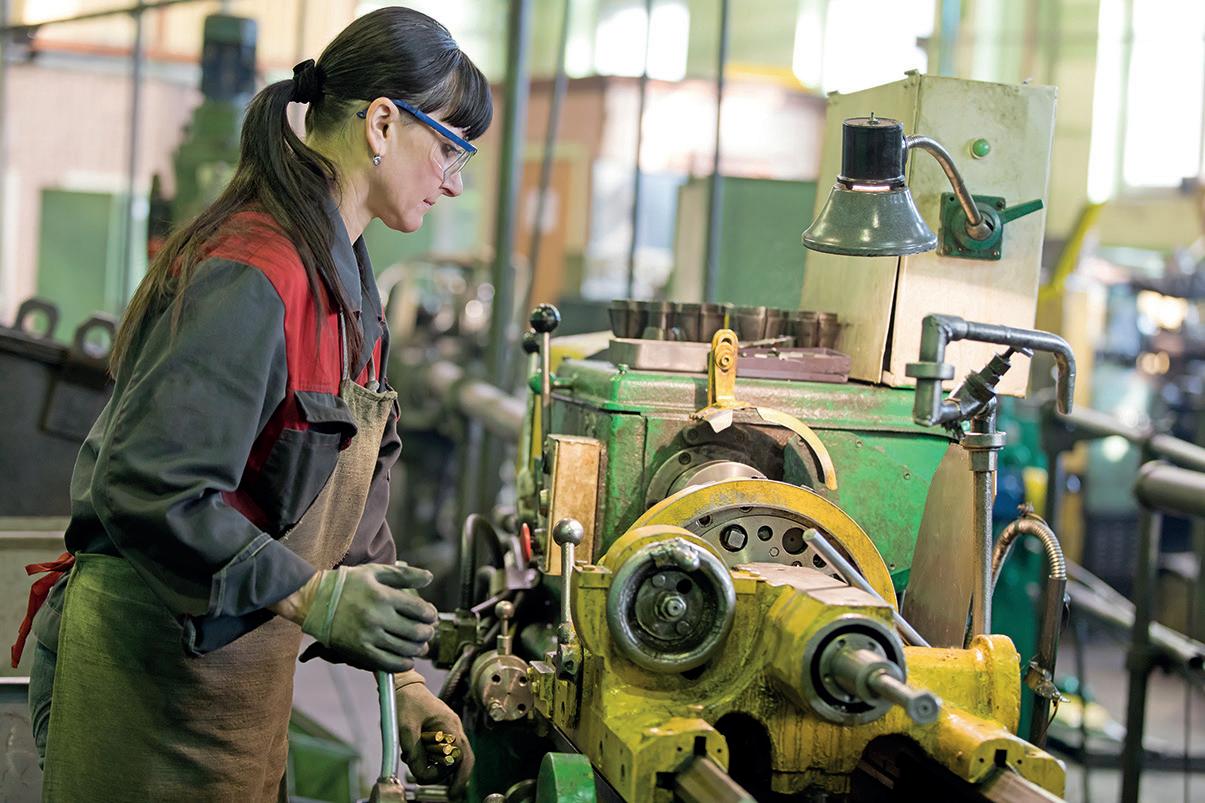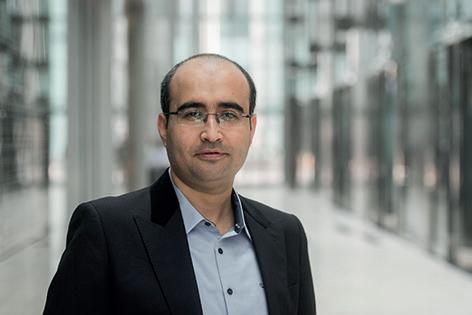
5 minute read
Staff mobility
We recorded that adopting the right approach; one that stimulates, objectively evaluates, and swiftly implements front-line ideas can unlock significant financial rewards. We found that employees’ ideas increased in value by 20,000 euros per month after a move, and this increase lasted for several years.
Cost Savings (over three years) Due to a Typical Process Optimization Idea
Notes. Cost savings are given in thousands of euros. This improvement idea led to a 12.68% reduction in cycle time (from 11:50 to 10:20). The idea was implemented in 2007 and led to cumulative cost savings of €102,770 (over three years).
In fact, the average move created manufacturing improvements worth more than 100,000 euros within one month.
For a mobility strategy to be successful though, we identify three key principles that are important to consider at the outset:
1. The approach has to be purposeful, and problem driven. Employees should not be sent to other plants to passively observe operations or receive training, or as a reward. It is important that moves are tied to a specific and operationally relevant task. In our study, employees were regularly sent to other factories to support local problem-solving, such as when the production process was facing quality issues. These visits were kept to a maximum of two weeks and involved an intense immersion in the local factory’s operations. In doing so, employees became deeply embedded in the context of the plant and achieved maximum interaction with its staff, processes, and machinery. This very hands-on, focused approach to front-line mobility is instrumental to knowledge transfer and learning. 2. Identify similar processes, machinery and products when deciding the exchange: If processes, machinery, and products differ too much between two plants, the gap between their existing knowledge stocks becomes too large for any meaningful knowledge transfer and learning to take place. If two plants are too different, knowledge from one plant may simply not apply to the other. In our view, turning to related units in similar contexts is better than visiting technologically advanced but unrelated ones.

3. Limit how many employees participate and how often exchanges take place. At the car parts manufacturer we studied, about three per cent of the workforce visited another plant each year. Involving more employees much beyond that in exchanges may increase costs, such as those incurred from covering staff members’ absences at their home factories. In addition, while there was no limit to employee learning, we found that knowledge transfer started to decline after about ten exchanges per factory pair and year.
From this intriguing study we were able to draw a key conclusion: adopting a mobility mindset can be key to realising the creativity and innovations possible from front-line workers. Giving workers the opportunity to understand more about what they know, to share their knowledge and to learn from other people’s experiences through mobility is also motivating and empowering. We were impressed at the high calibre ideas that the mobile workers contributed, that would have otherwise gone undiscovered. Especially in the post-Covid world, it takes careful planning and strategy to roll out mobility across an organisation in a meaningful way, but in the long-term, productivity gains and financial benefits would be worth the hassle. v

Philipp B. Cornelius (cornelius@rsm.nl) is assistant professor of technology and operations management at Rotterdam School of Management, Erasmus University. Bilal Gokpinar (b.gokpinar@ucl.ac.uk) is head and professor of operations, technology, and innovation at the UCL School of Management at University College London. Fabian J. Sting (sting@wiso.uni-koeln.de) is the chair of Supply Chain Management — Strategy and Innovation at the University of Cologne, as well as chaired professor of digital supply chain innovation at Rotterdam School of Management, Erasmus University. The UCL School of Management is the business school of University College London, one of the world’s leading universities, consistently ranked in the global top 20 for its academic excellence and research. The School offers innovative undergraduate, postgraduate, PhD and executive programmes in Management, Entrepreneurship, Business Analytics, Business Information Systems, and Finance, designed to prepare students for leadership roles in the next generation of innovation-intensive organisations.

Philipp B. Cornelius Bilal Gokpinar Fabian J. Sting
Care and concern

Stress in the workplace and steps to mitigate the problem.
By Tina Chander
As furlough comes to an end and employees begin to return to factories and offices, employers need to take into consideration what measures they need to put in place to ensure that they remain Covid-secure and that it is safe for employees to return to work.
Not only do employers need to consider the physical surroundings of the employees, but employers also need to consider employees mental wellbeing and the stresses that may come with returning to work, after such a long time away.
Despite the vaccine rollout, employees may still be anxious about returning to the workplace, concerned about the potentially increased likelihood of coming into contact with the virus. For those with underlying health conditions, or family members that have a condition, any such anxieties may be exacerbated.
Employers should also be wary of the impact that the new working conditions and practices could have on employees. Change can be stressful for employees, and it may take time for them to adjust to new working patterns and arrangements.
Employers should ensure that there are avenues available for employees to discuss any stress that they may be experiencing, and seek assistance to help them manage those stresses if necessary.
These measures might include pointing employees in the direction of helplines, or investing in training some of their employees to become ‘Mental Health First Aiders’ and encouraging other colleagues to approach them with their concerns on a confidential basis.
It may also be appropriate in some circumstances to consider altering working patterns to reduce the number of employees in the building at any given time, or to enable employees to work flexibly, spending part of their week at home to assist them in managing their stresses and anxieties about returning to the workplace.
Impact on mental health
Key triggers identified for work-related stress include workload pressures, workplace interpersonal relationships and changes at work, all of which are likely to be amplified, given the current economic disruption, job insecurity and social distancing requirements.

